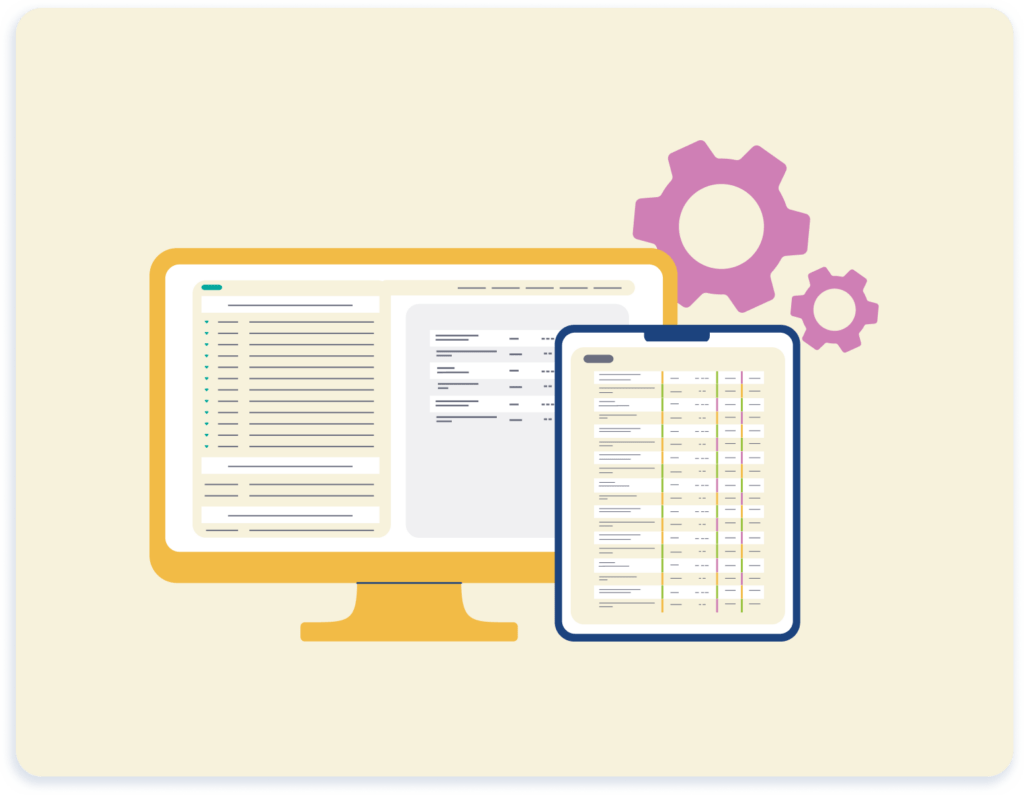AI-Powered Prior Authorization: Cutting Through the Hype to Find Real Solutions
For many healthcare settings, AI-powered prior authorization solutions promise to revolutionize patient care and administrative processes. These technologies can help teams do more with fewer resources – saving time and money and freeing up internal resources to work on other projects. Less time spent on managing prior authorizations sounds like a win, right?
The short answer is: it depends! Defining AI and differentiating it from other automation technologies gets a little murky. AI has become a buzzy “catch-all” description for any solution that automates tasks typically performed by humans. But they’re not the same, and AI isn’t inherently better. The key to reaping all the benefits is to ensure you have the right solution available.
With so many companies offering healthcare revenue cycle management solutions, distinguishing next-gen tools from the hype of less effective solutions can be challenging. For prior authorization automation, we recommend healthcare organizations focus on tools that can fully automate the submission, status checking, and verification process, which is where the time-intensive, complex, error-prone work really is.
AI-Powered Prior Authorization vs. Automation
Prior authorization is a necessary but often cumbersome process that ensures prescribed treatments are covered by insurance and meet specific criteria. Traditional PA processes are labor-intensive, involving extensive paperwork, back-and-forth communications, and significant delays. This time all adds up; physicians and their staff spend an average of 14 hours completing prior auth requests each week. Both AI-powered prior authorization and prior authorization automation solutions aim to streamline this process, reducing administrative burden and accelerating patient access to care. But you must be thoughtful about the solution you choose.
The Pitfalls of Misleading “AI” Solutions
Not all automation is created equal. Some prior authorization “automation” solutions are limited to the less time-consuming parts of prior authorization management- determining when a prior authorization is required. These “determination” solutions try to rely on bots to imperfectly and often indiscriminately scrape payer websites for payer rules. The problem is that payer websites (where to find the information, rules, and conditions for a prior authorization) are always changing.
The financial consequences of inaccurate determination can be significant, sometimes leading a user to believe that a prior authorization is not required in situations where a prior authorization is required. Inaccurate determination will create claim denials and sometimes revenue write-offs. How often can your organization afford to be wrong? Worse, they don’t actually reduce the majority of labor cost or risk to claim denials from manual errors incurred from the actual submission, statusing, and verification.
Determination Automation vs. Workflow Automation
- Determination Automation: These tools analyze data to determine if a patient needs prior authorization for a service based on medical necessity and payer policy criteria. While useful, they are often inaccurate and do not eliminate the manual tasks of submitting requests, tracking their progress, and verifying the payer’s decision on the prior authorization request.
- Workflow Automation: Best-in-class automation solutions integrate end-to-end automation and bi-directional data flow to manage the entire PA process, including submission, verification, and EHR synchronization. This reduces manual input, minimizes errors, and speeds up the overall process, enhancing efficiency and patient care.
Identifying Next-Gen Tools
So, how do you spot the innovative solutions from the ones that are more artificial than intelligent? Healthcare organizations must evaluate automation solutions based on their ability to deliver true workflow automation. Here are key features to look for:
- Comprehensive Data Integration: Next-gen automation tools seamlessly integrate with electronic health records, revenue cycle management solutions, payer websites, and other IT systems. This ensures that all relevant patient information is readily available, enabling accurate and timely PA submissions.
- End-to-End Process Automation: Look for solutions that automate the entire PA workflow. This includes extracting relevant data, populating necessary forms, submitting requests, continuous status checking, and managing communications with payers. By automating these steps, these tools reduce administrative workload and expedite the authorization process.
- Unified Platform & Portal: Effective prior authorization automation tools should have one unified platform and portal encompassing all payers, care settings, service types, and specialties. This consolidation minimizes the complexity of navigating different processes and provides a simpler experience for healthcare providers and staff. Bonus points if the solution has run-time changeability functionality, so it can be continuously updated without making code changes or pausing for technical updates.
- Robust Reporting & Support Framework: Any next-gen prior auth automation tool should have extensive reporting and support. Robust reporting provides insight into staff productivity and payer performance, enabling data-driven decision-making. A dedicated vendor support team can ensure your solution continues working seamlessly and that you’re up to date on best practices.
Making the Right Choice
The demand for efficient, reliable, and truly automated solutions continues to grow in the healthcare space. Automated prior authorization processes offer a promising avenue to streamline administrative processes and enhance patient care. However, healthcare organizations must distinguish between next-gen tools that offer comprehensive workflow automation and those that fall short. Just because a solution is labeled as an AI-powered prior authorization tool doesn’t mean it will solve your biggest pain points.
By focusing on solutions that integrate seamlessly with existing systems, payer websites, automate the entire PA process, provide real-time decision support, and continuously adapt to new information, organizations can ensure they are investing in technology that truly delivers on its promises. In doing so, they can reduce administrative burden, expedite patient care, and ultimately improve health outcomes.
At Valer, we are committed to empowering healthcare organizations with advanced automated solutions that drive meaningful change. Discover how our solution goes beyond traditional AI-powered prior authorization tools to transform your administrative processes. Together, we can deliver the efficiency and accuracy your team needs to thrive in today’s fast-paced healthcare environment.




